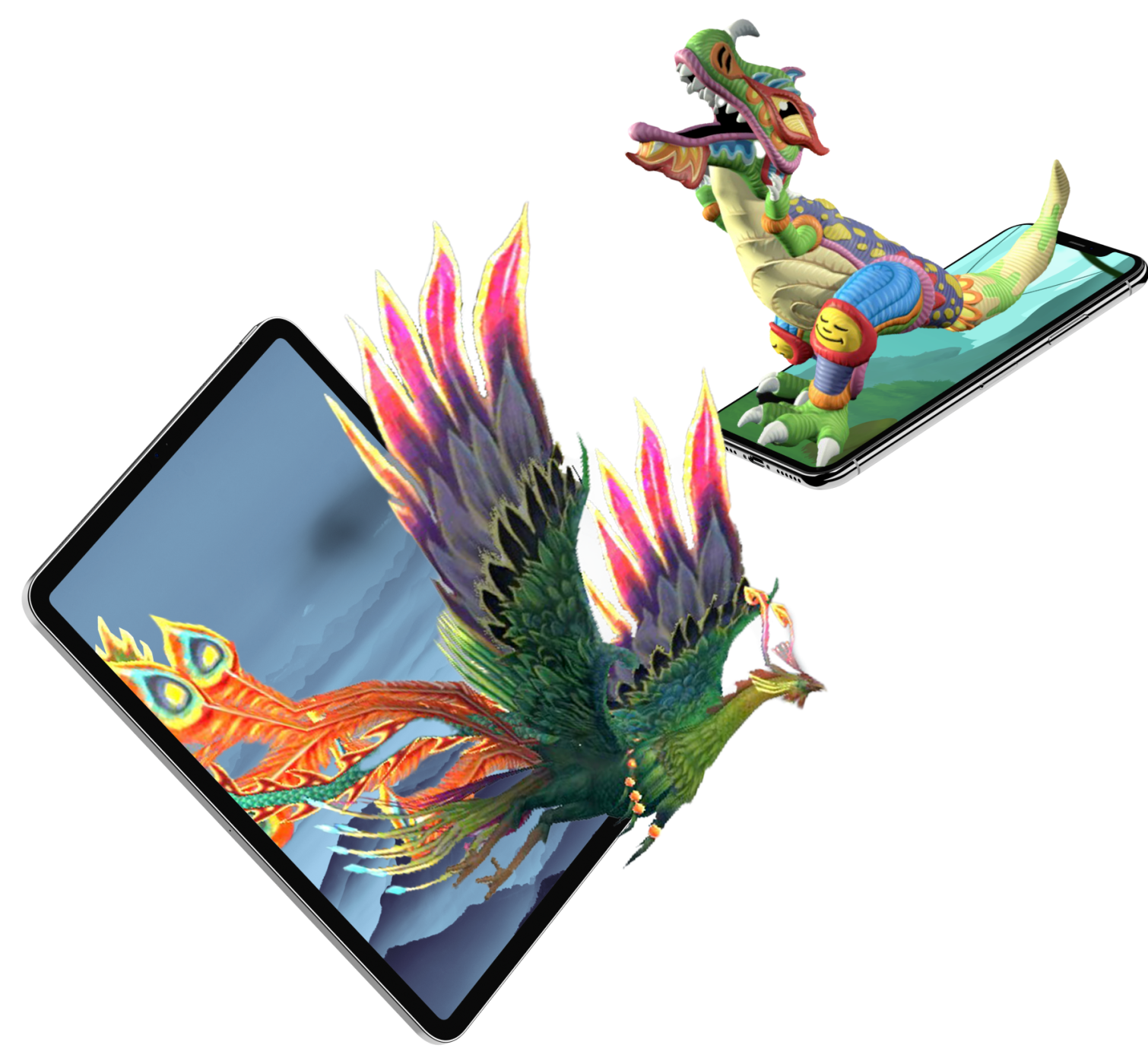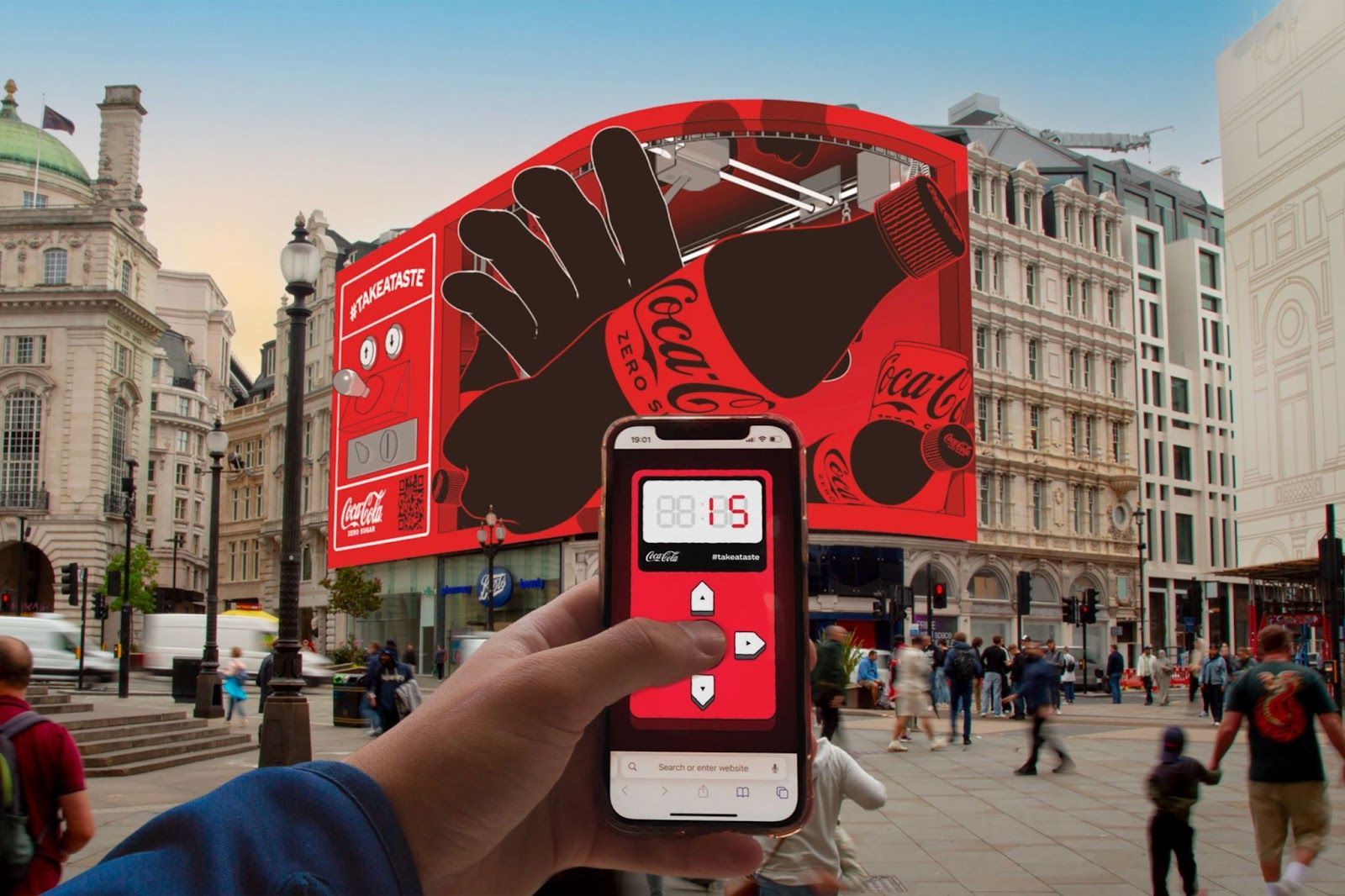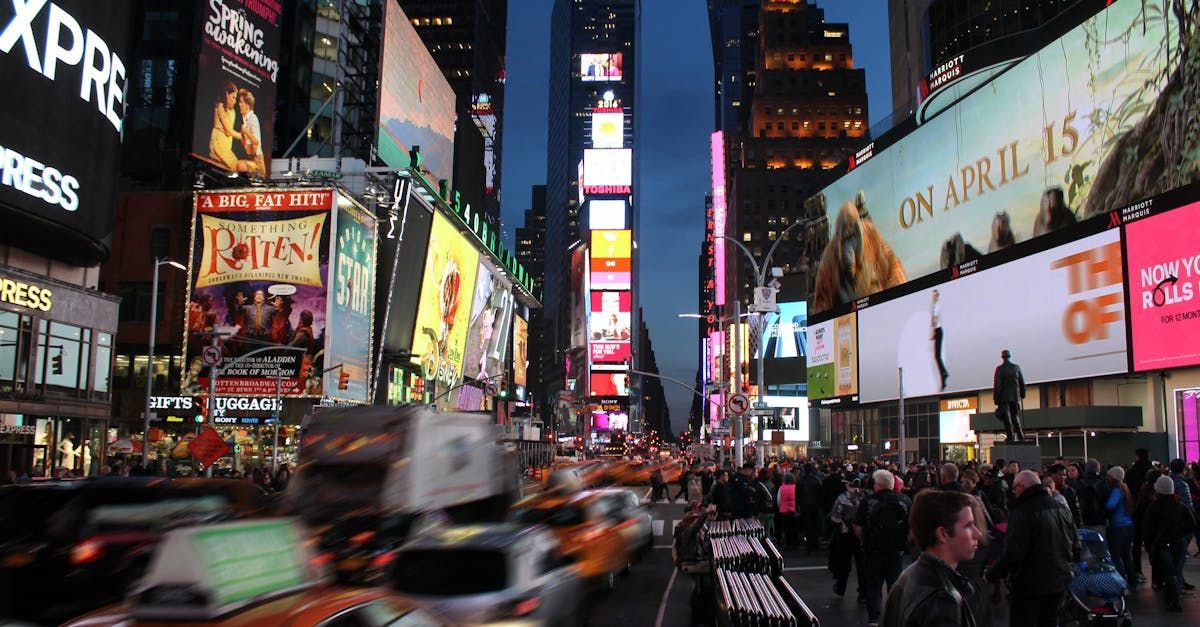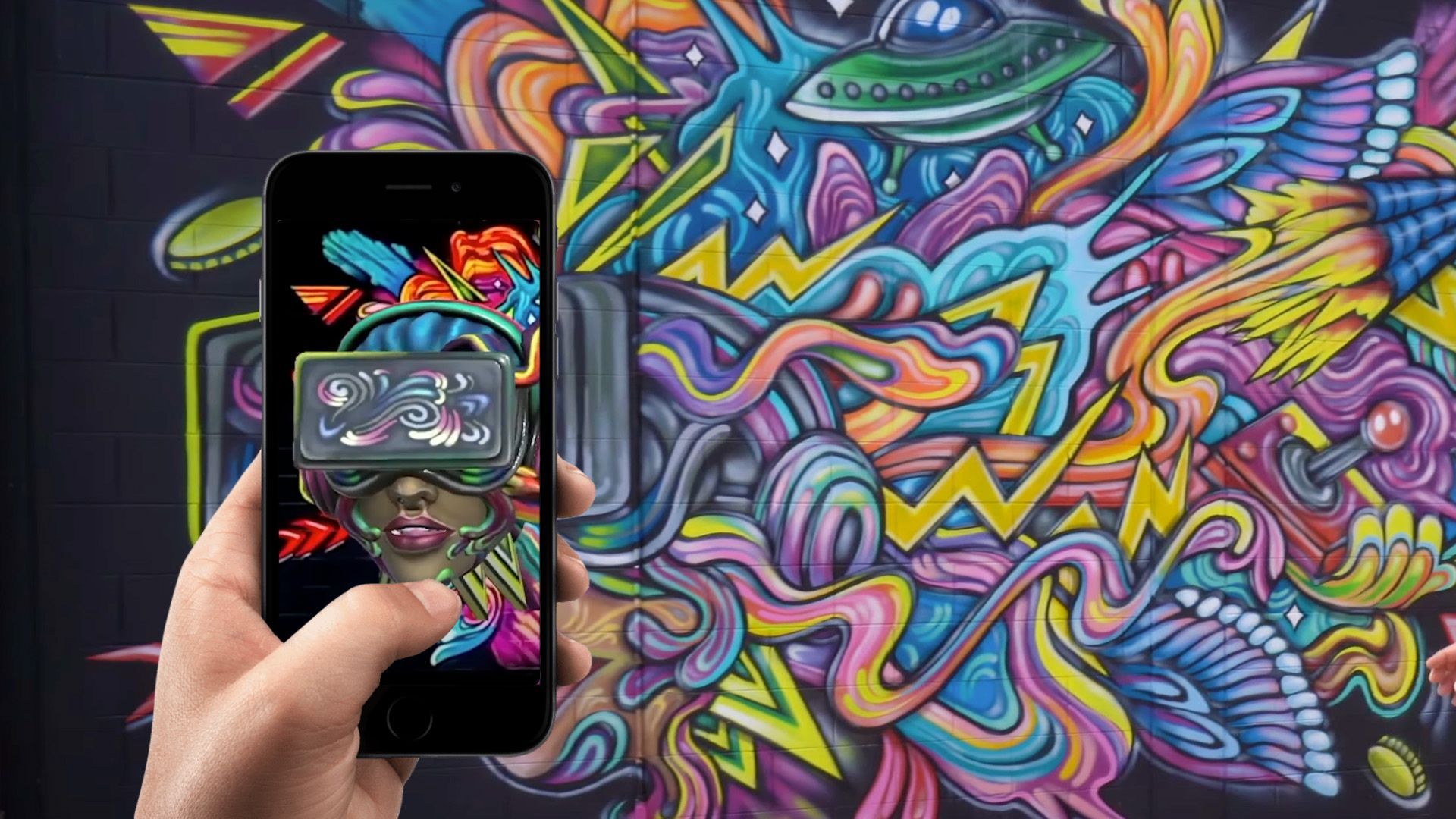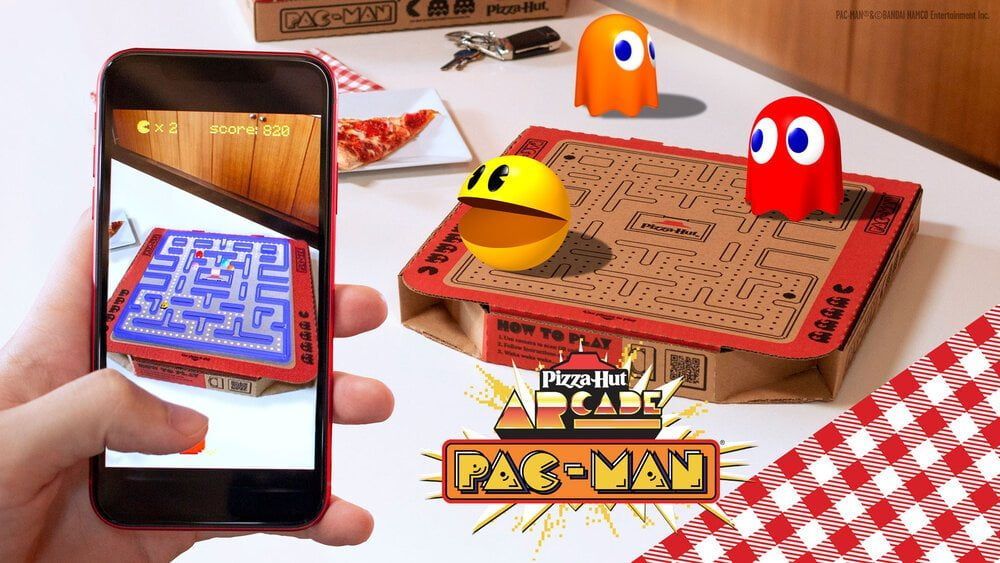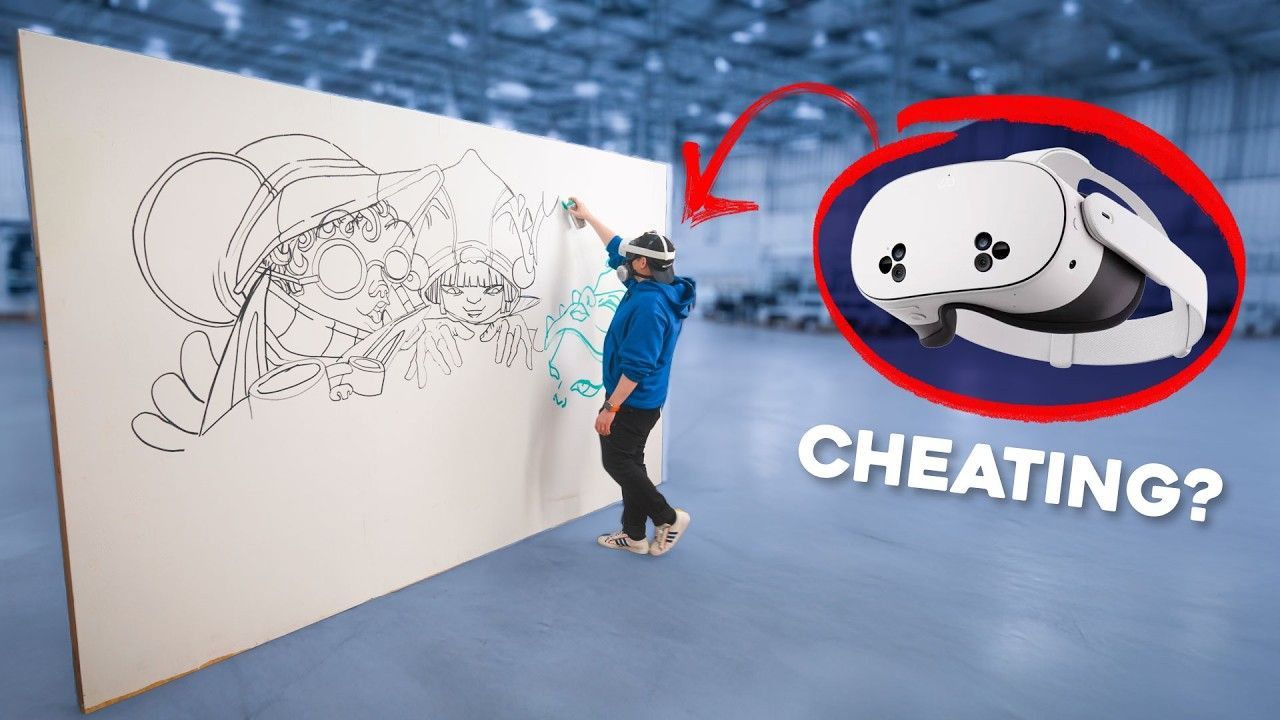Exploring the World of Augmented Reality SDKs: A Comprehensive Guide
Introduction
The realm of augmented reality (AR) has witnessed a remarkable evolution, largely propelled by the advancement of augmented reality software development kits (SDKs). These SDKs are the backbone of the immersive AR experiences we encounter today, seamlessly merging digital elements with the real world. In this comprehensive guide, we'll explore the various facets of AR SDKs, shedding light on their significance, capabilities, and the transformative impact they have across various industries.
Understanding Augmented Reality SDKs
Definition and Core Components
At its core, an augmented reality SDK is a set of software tools that enables developers to create applications that overlay digital information onto the physical world. These kits typically include libraries, APIs, and often, sophisticated algorithms that facilitate the integration of AR features into apps. Key components such as image recognition, environmental understanding, and motion tracking are instrumental in making AR experiences as realistic and interactive as possible.
The Evolution of AR SDKs
The evolution of AR SDKs is a journey marked by significant technological milestones. From rudimentary beginnings that offered basic overlay capabilities to today's advanced systems that support real-time 3D rendering and complex spatial awareness, AR SDKs have come a long way. This evolution reflects the growing demand for more immersive and interactive AR experiences.
Key Features of Top AR SDKs
Comparative Analysis of Popular SDKs
Selecting the right AR SDK is crucial for any project. This section compares popular SDKs like Apple's ARKit, Google's ARCore, and Vuforia, highlighting their strengths and limitations. For instance, ARKit excels in face tracking and integration with Apple ecosystems, while ARCore is renowned for its robust environmental understanding.
Advanced Capabilities and Customizations
Today's AR SDKs offer a range of advanced capabilities. This includes 3D object recognition, which allows apps to identify and interact with real-world objects, and environmental understanding, which ensures that digital content properly aligns with the physical space. These features enable developers to create more engaging and interactive AR experiences.
Augmented Reality SDKs in Action
Real-World Applications and Case Studies
AR SDKs have found applications in various sectors. In education, they're used to create interactive learning experiences. In healthcare, AR assists in complex surgeries by overlaying critical information onto the patient's body. These case studies illustrate the practical utility and transformative potential of AR technology.
User Experience and Engagement
User experience is paramount in AR applications. AR SDKs play a crucial role in enhancing user interaction by ensuring seamless integration of digital elements into the user's environment, thereby creating more engaging and immersive experiences.
Challenges and Solutions in AR SDK Development
Technical Challenges and Overcoming Them
Developing AR applications is not without challenges. Technical issues like ensuring accurate spatial recognition and minimizing latency are common. This section discusses these challenges and offers solutions, including best practices and innovative approaches to overcome them.
Future Trends and Predictions
The future of AR SDKs is likely to witness even more sophisticated technologies. Predictions include the integration of artificial intelligence for more intuitive interactions and the potential for AR to become a ubiquitous part of our daily lives.
Augmented Reality SDKs
Building an AR Application: A Step-by-Step Guide
This practical guide walks through the process of building an AR application using a SDK, from conceptualization to deployment. It covers essential steps such as selecting the right SDK, designing the user interface, and testing the application.
Best Practices in AR SDK Usage
Adhering to best practices is crucial for successful AR development. This section covers practices like optimizing for different devices, ensuring a smooth user experience, and maintaining a balance between realism and performance.
FAQs
What is an Augmented Reality SDK and how does it work?
- An Augmented Reality SDK is a set of tools that allows developers to create applications that blend digital content with the real world. These SDKs provide functionalities like 3D object recognition, spatial awareness, and real-time rendering, enabling the creation of immersive AR experiences.
How do AR SDKs differ from traditional software development kits?
- Unlike traditional SDKs, AR SDKs are specifically designed to understand and interact with the physical environment. They incorporate advanced technologies like computer vision and machine learning to overlay digital content onto the real world seamlessly.
Can AR SDKs be used for both Android and iOS platforms?
- Yes, there are AR SDKs available for both Android and iOS platforms. Some SDKs are platform-specific, like Apple's ARKit for iOS, while others, such as Vuforia, offer cross-platform compatibility.
What are the essential features to look for in an AR SDK?
- Essential features include robust image and object recognition, accurate spatial tracking, environmental understanding, and support for various file formats and development environments.
How can businesses benefit from using AR SDKs?
- Businesses can leverage AR SDKs to enhance customer engagement, offer interactive marketing experiences, improve training and operational efficiency, and innovate in product design and visualization.
Conclusion
Augmented Reality SDKs are at the forefront of merging the digital with the physical, offering boundless possibilities across various sectors. As we continue to explore and expand the capabilities of these tools, the future of AR looks bright, promising more immersive, interactive, and transformative experiences. Whether for business, education, or entertainment, AR SDKs are key to unlocking the next level of technological innovation.
TALK TO A PRO
We're here to bring your brand to life!
Stay Connected with BrandXR
Create Augmented Reality for Free!
Create, Publish, and Measure 3D Augmented Reality Experiences Without Having to Code.
